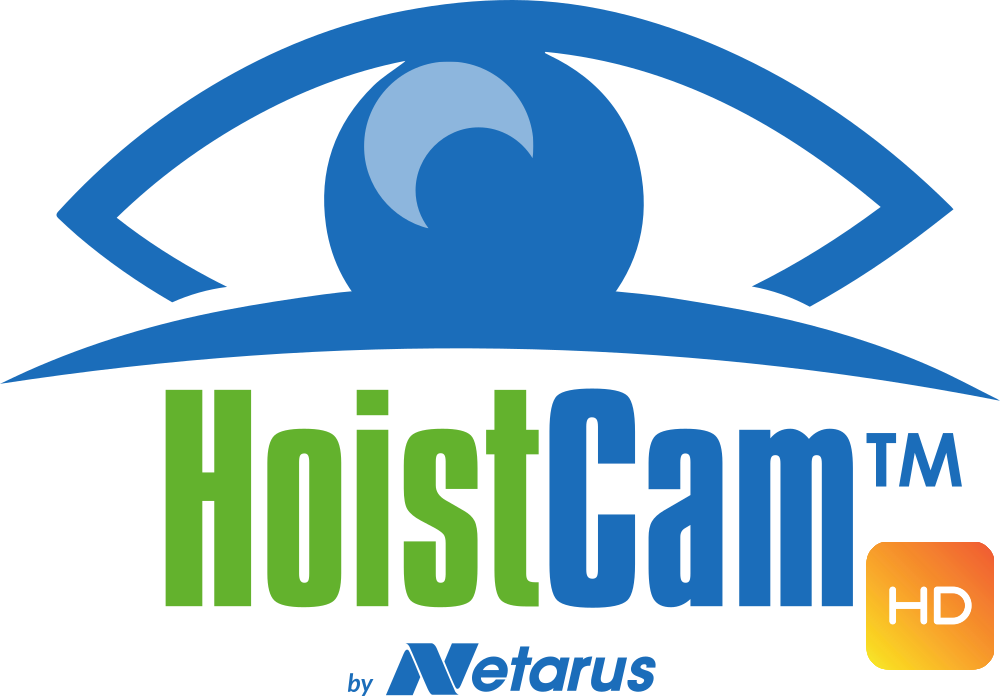How Cameras on Cranes Can Help Riggers
We’ve read all about how Hoistcams cameras on crane can help the crane operator when making critical lifts. In many articles, we have emphasized how cameras on cranes can help the operator by lowering his dependency on the riggers and spotters below. When a crane operator is able to see the entire lift from start to finish, he no longer has to solely depend on the hand signals and radio chats of the workers below to guide him. He can now see for himself exactly where the load should be placed, and be immediately aware of any obstruction or dangers that could be in the path of the lift. He can also see any new issues as soon as they arise, instead of having to wait for word from the riggers and spotters. This all sounds great for the crane operator, the foreman, and most of the people on the job site. But what about the riggers and spotters? It could sound as though cameras on cranes wouldn’t be of much benefit to them. That is simply not the case.
Proper Rigging is Vital to any Lift
According to the Center for Advanced Microstructures and Devices, “The most important job of any crane operation is rigging of the load. Poor rigging may result in personnel injury, property damage, or other serious hazards. Rigging is the most time consuming of any crane operation and represents the single most hazardous potential of crane operation. In a multi-sling operation, each leg must be of the same length and must contribute equally to load distribution. Nylon slings are susceptible to damage by sharp corners on the item to be rigged. Caution must be taken to ensure that slings are not damaged by sharp corners or by excessive loading. Rigging requires years of practice to perfect. If in doubt about the security of your rigging, ask for help.”
Guidelines Every Rigger Must Follow
CAMD lists the following as guidelines which riggers should follow for every lift:
- Loads should be well secured.
- Slings should be adequate to the task.
- Slings should be unkinked and load balanced and secured.
- No sudden stops.
- No obstructions while lifting or traveling.
- No loose items on load or crane before lift.
- Bumping into runway stops is prohibited.
- Hoist line must be vertical prior to the lift (remove slack in the hoist slowly).
- No crane load should pass overhead of personnel, clear the area before making the lift.
- No one is to ride the crane without permission.
These guidelines are put in place to help enhance the safety of every lift. When a lift is considered critical, the importance of following these guidelines becomes even more vital. That places a lot of responsibility square on the shoulders of the rigger. One simple mistake could not only cost millions of dollars, but live could be lost.
How HoistCam’s Cameras on Cranes Can Help
By placing HoistCam’s cameras on cranes, the crane operator can now see every aspect of the lift, from beginning to end. That means that he can be present while the rigger is setting up the load, and watch every step from the cab of the crane. The rigger now has a second set of eyes on every aspect of any lift. He can double check with the operator to make sure that the load is secure, that there are no obstructions in the path of the lift, or other issues which could cause the lift to be dangerous. Also, he can now see exactly where the rigger is at all times, cutting down any chance of the rigger being injured in an accident. HoistCam’s cameras on cranes can help the crane operator and the rigger work together in a way that they have never been able to do, taking some of the pressure off of the rigger, and helping make the job site safer for everyone involved.

